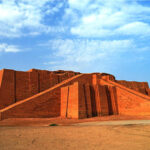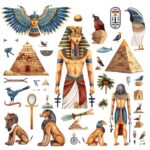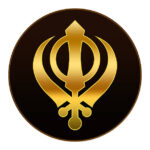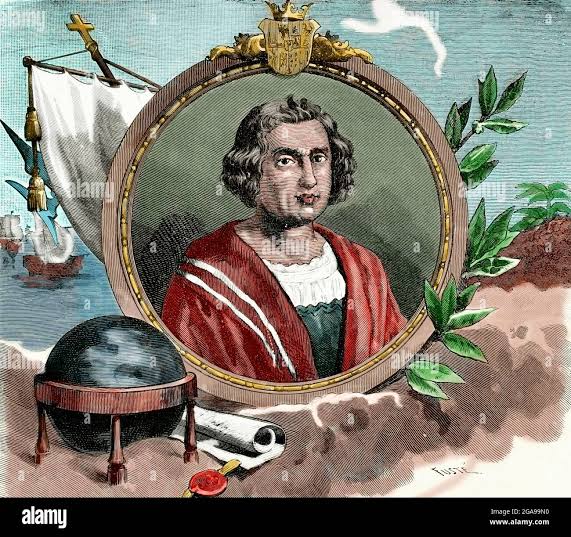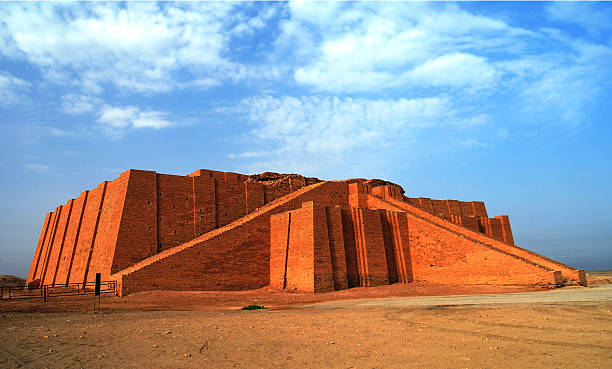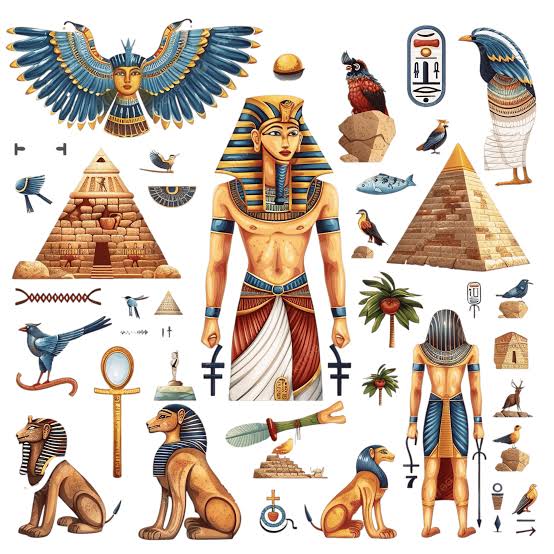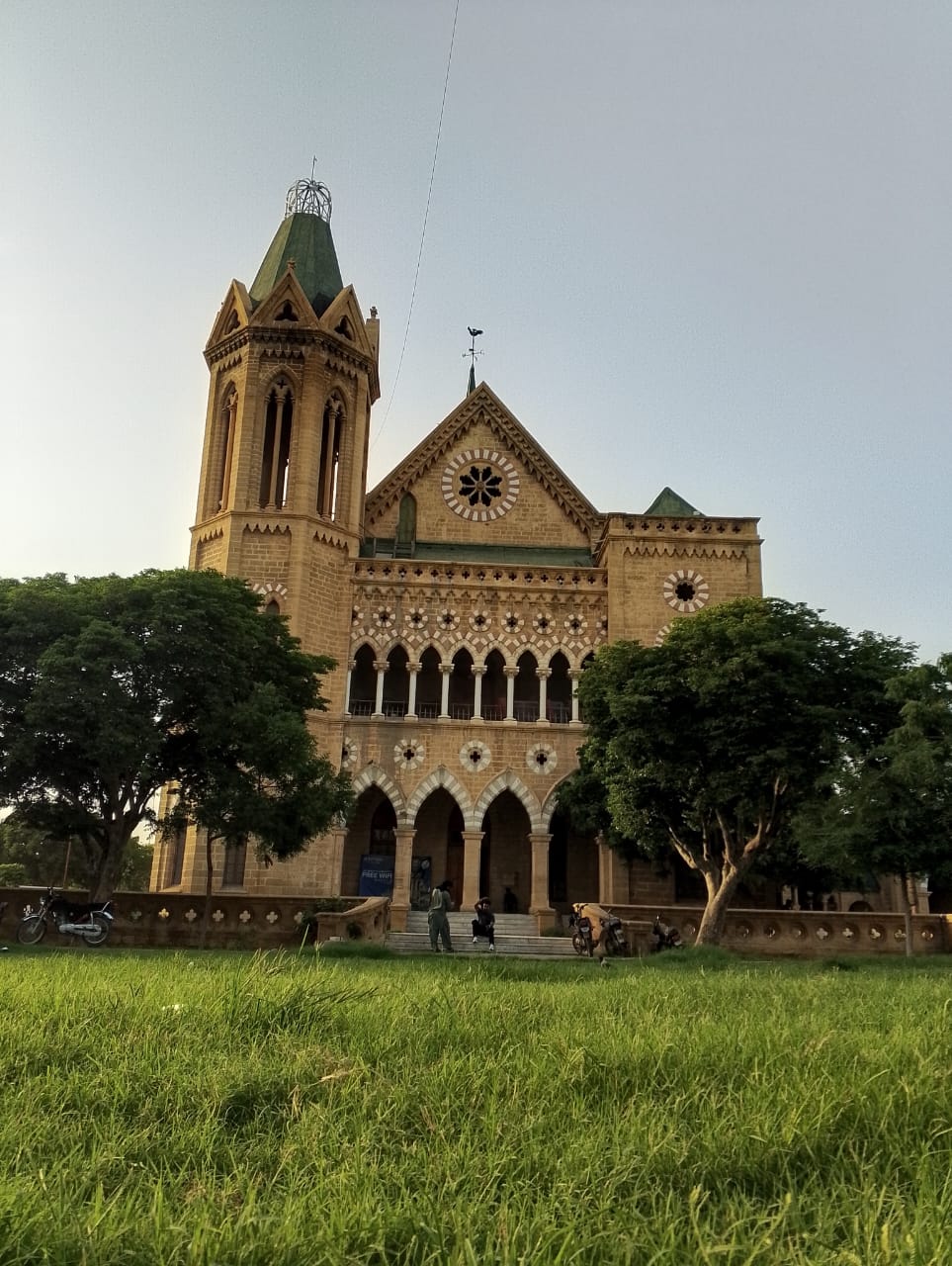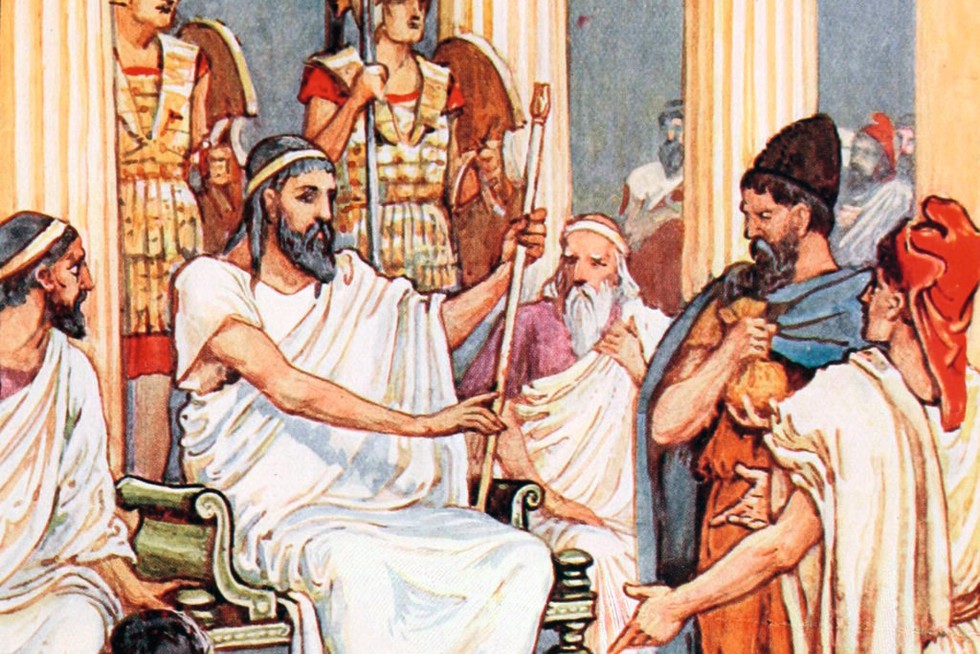Christopher Columbus, born in 1451 in Italy, grew up in a modest merchant family. He became a trader and navigator, learning Latin and Portuguese along the way. He also studied the Bible, history, and geography. Coming from a trading background, Columbus carried with him a strong desire for wealth and profit. His lifetime coincided with the Age of Discovery, a period when European rulers sought new lands and trade routes. Their ambitions often mixed imperial goals with scientific curiosity.
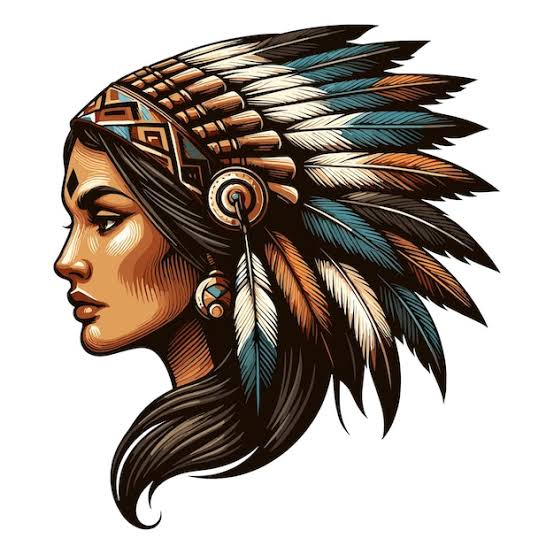
At the same time, the wider world was thriving in its own right. In India, the Lodi dynasty ruled. In Sindh, the Samma dynasty reigned. Persia was under the Timurids, while the Ottoman Empire continued to expand. Across the Atlantic, the Aztec and Inca empires flourished alongside many smaller Indigenous nations, each with unique cultures, governments, and innovations. In Africa, the Kingdom of Kongo and other states thrived long before the transatlantic slave trade began.
In Europe, feudalism and religious authority shaped politics. The papacy promoted the spread of Christianity and, tragically, justified the enslavement of non-Christians. Portuguese explorers had already reached parts of Africa, and Vasco da Gama would soon open a sea route to India. Motivated by similar goals, Columbus proposed reaching Asia by sailing west. Rejected first by Portugal, England, and France, he eventually secured support from Spain’s monarchs, who financed his voyage.
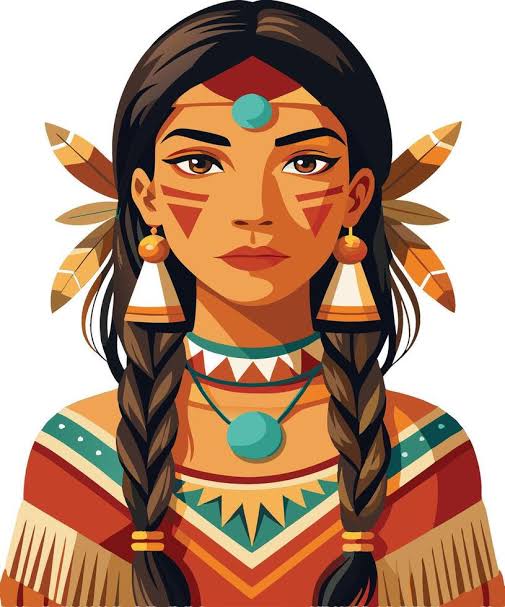
In 1492, Columbus set sail with three ships: the Santa María, Pinta, and Niña. After about 70 days, he reached the Bahamas. European writers described this as the “discovery” of America. However, this word is misleading. The continent was already home to millions of people who had developed advanced civilizations, farming systems, and innovations such as maize, potatoes, and medicinal practices. In fact, centuries earlier, Norse explorers like Leif Erikson had already reached North America.
At first, Columbus described Indigenous peoples as generous and hospitable. Later, he noticed they lacked advanced weapons and military structures. His attitude shifted. Under his leadership, forced labor, enslavement, and violence spread quickly. His crews also carried diseases that devastated Indigenous populations. His arrival marked the beginning of one of history’s most destructive eras: the transatlantic slave trade and the colonization of the Americas.
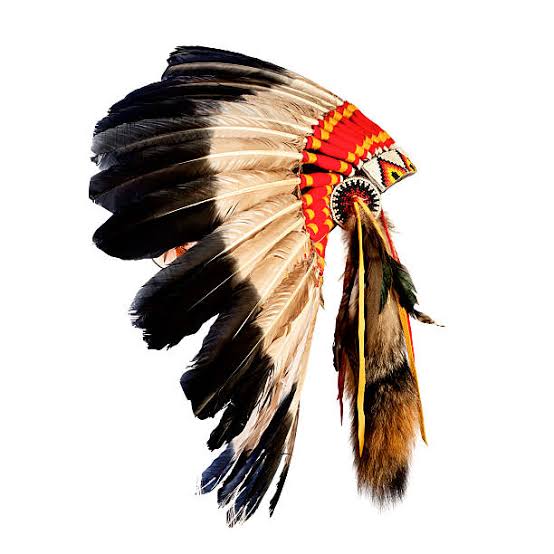
Spanish soldiers, priests, and settlers followed Columbus. They sought gold, land, and converts. Missionary orders, such as the Franciscans, worked to spread Christianity. However, they often suppressed Indigenous languages, traditions, and identities. Millions of Indigenous people faced enslavement, displacement, or death. Africans were also forcibly transported across the ocean in chains to work in the Americas.
For European rulers, Columbus represented success. He opened the path to wealth and empire. For Indigenous communities, however, his arrival signaled centuries of oppression, loss, and destruction.
Whether Columbus is seen as a hero depends on perspective. Some view him as a daring navigator who expanded Europe’s horizons. Others, especially Indigenous peoples, see him as the initiator of conquest, enslavement, and suffering. Today, many historians emphasize the latter view. They encourage people to critically re-examine his legacy. Some advocate replacing Columbus’s name in public spaces with those of Indigenous leaders to honor the original caretakers of the land.
Columbus was not simply a discoverer. He was also a symbol of European imperial ambition. His voyages remind us that the Age of Discovery was also an age of domination. The true heroes were those who resisted oppression and those who today continue to preserve Indigenous resilience and culture.
History is full of figures whose roles were complex. Some genuine heroes remain forgotten because their stories were lost or ignored. Others caused harm but were wrongly celebrated. Revisiting history allows us to ensure that we do not glorify oppressors.
Read More about history and its influence.
The case of Columbus illustrates this clearly. Young generations deserve to learn the truth. They must not mistake harmful figures for heroes.
A Message for the People of America
Today, all people living in America—regardless of whether their ancestors came from Europe, Africa, Asia, or anywhere else—should love their land and honor its first peoples. They should reject the idea of his as a hero. Instead, they should recognize the Indigenous people who defended their homelands as true heroes.
At the same time, it is important to remember that not all historical figures can be labeled strictly as “heroes” or “villains.” Their actions reflected the complex circumstances of their times.
Do you know of similar figures from history? Share your thoughts in the comments.
Writer: GM Leghari

